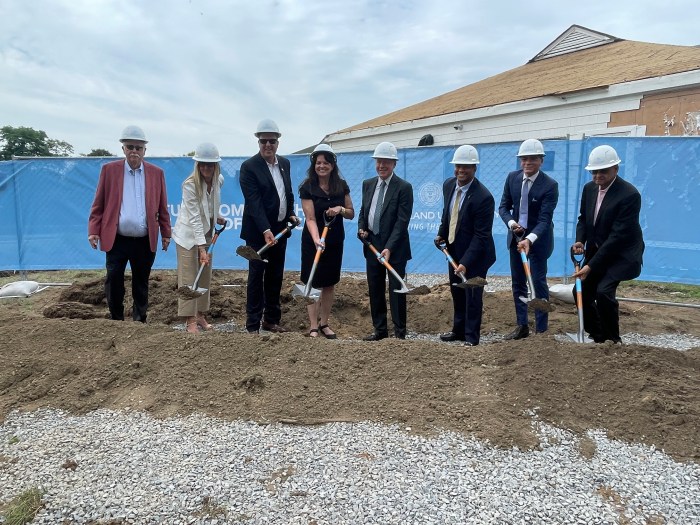In alignment with the Garden City Board of Education’s Legislative Affairs Committee’s goal of enhancing communication with the community, Garden City Public Schools has continued its “Question of the Week” feature. If you have a question you’d like answered about public or board policy, school district operations, or budget preparation and voting, please email: knightc@gcufsd.net.
Q: How does New York State’s legislation differ from other states’ tax levy caps?
A: Many other states have tax caps in place—California, Pennsylvania, Massachusetts, Indiana and Michigan, for example. Each state has its own formula and each is very different. In New York, the governor and the state legislature seem to have modeled the tax cap after what is in place in Massachusetts. There are many significant differences however. Massachusetts passed a more balanced cap upon implementation and simultaneously offset losses in tax revenues with significant increases in state aid to schools.
New York passed the most stringent tax cap in the nation in 2011 at the height of the Great Recession despite reductions in state aid, the addition of numerous unfunded mandates, and cost-shifting to local school districts, while simultaneously taking away more and more control from local school boards and resident taxpayers.
NOTE: Some states require only local board of education approval for budget passage and not a public referendum. In other words, the duly elected officials of the community vote to determine the school tax levy, not the voters themselves.
Here are a few differences of note between New York State’s tax levy limit and other states’ caps:
• Massachusetts set the cap at 2.5 percent, not 2 percent, and any increases under 2.5 percent did not require a vote. Pennsylvania has a similar cap that triggers a public vote only when a district seeks to pierce the tax levy limit.
• In Massachusetts, increases above 2.5 percent could be approved by a simple majority, not a “supermajority” (60 percent) as in New York State.
• Massachusetts offset the loss of property tax revenue with substantial increases in state aid the year the cap went into effect. There, the state significantly increased aid by the annual CPI (Consumer Price Index), plus 8.6% per year to minimize the impact to taxpayers and school districts at the local level.
• Enrollment declines also helped offset losses of revenue. In New York, the governor has also pointed to declining enrollments as a justification for reduced school budgets, even though mandated costs have continued to rise.
• School districts in Massachusetts, and in many other states, are permitted to advocate for budget passage. By law, New York school districts cannot advocate for budget passage. They may only state what programs and personnel will be eliminated to meet the tax levy limit.
• The long term impact of California’s tax cap (implemented when California had one of the top educational systems in the nation) is seen in the steady decline of its educational system since the cap was imposed.
• The New York cap makes no regional cost-of-living allowances. Long Island is significantly more expensive than other areas of New York State. The 2014 Long Island Education Costs and Outcomes report by the Long Island Association and the Long Island Education Coalition contains a cost comparison for $1,000 of purchasing power across the state. The research data indicated that the Long Island/NYC region ranked 9th in the state with a purchasing power of $672 compared to the North Country area of $1,000.
• New York’s tax cap, the GEA, and the Tax Freeze Credit program were implemented at a time of significant increases in pension and health care costs, the phase-in of mandated new assessments and curricula, and mandated personnel evaluation system (APPR). A new APPR system is currently under review by legislators as part of the Governor’s “Opportunity Agenda.”
—Submitted by the Garden City Public School District


































